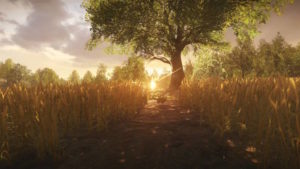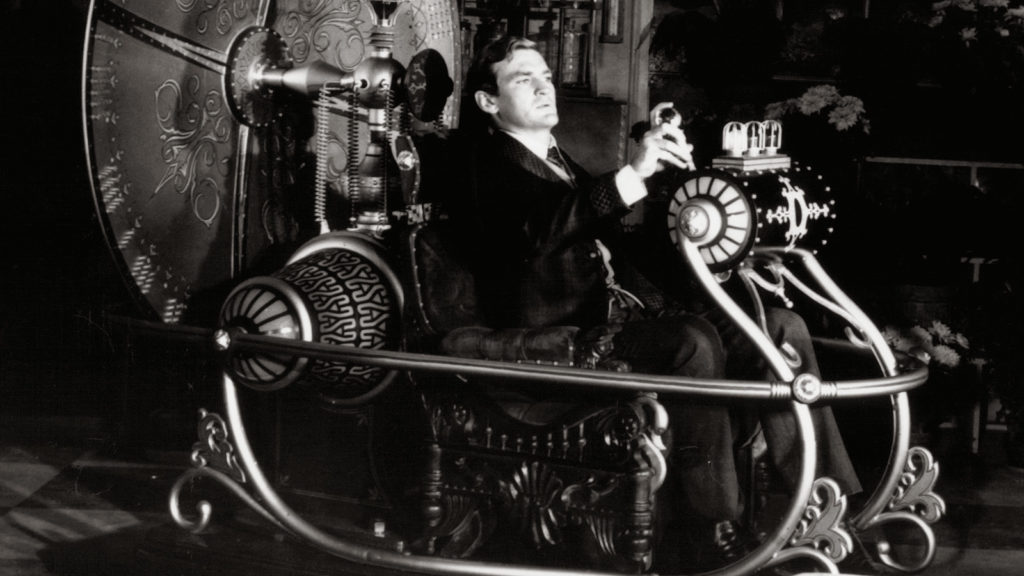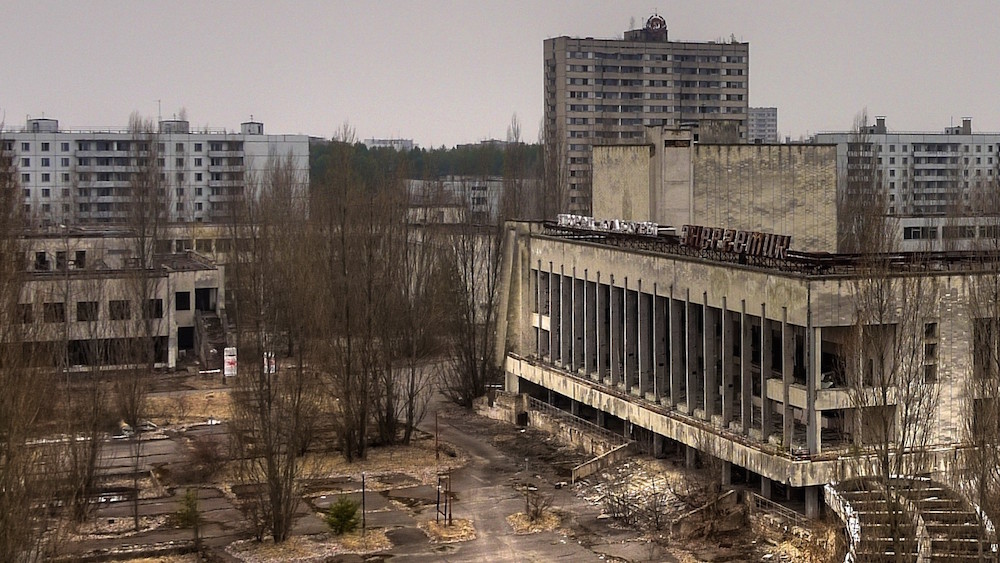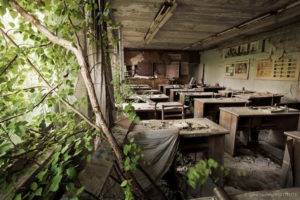Post-apocalyptic literature addresses the question: what would life be like if the world as we know it came to an end?
The answer can be dark or light, dystopian or utopian. All depending on how the author wants to play the game. For now, the dark, dystopian answer seems to be what everyone wants. Hence the popularity of all the various iterations of the zombie apocalypse, and such books as The Hunger Games, or such TV series as The 100.
The end of the world as we know it ushered in Hell on Earth. In most cases, this approach to the post-apocalyptic story is survivalist in tone. The main character or characters are in a fight for their lives from beginning to end, with little relief in the middle.
However, the apocalypse, if we survive it and depending on the state of the world if we do, doesn’t have to be a hopeless cesspool. It can be a time of starting over and hopefully making things better. Everything depends ultimately on the author’s Weltanschauung, or worldview.
That is why I like the cozy catastrophe. At the end of the day, it offers us hope. It offers us a vision of the world where our better side triumphs. In the midst of disaster and its aftermath, the best of what makes us human comes to the fore.
The cozy catastrophe may have a battle for survival as part of the storyline, but the main emphasis is on rebuilding the world. And hopefully make it better than it was before the catastrophe.
S. Fowler Wright in Deluge and Dawn, classic cozy catastrophes (you can read for free at http://www.sfw.org), spends little time on the catastrophe and no time on why it happened. The bulk of the story in both books is allotted to how Martin Webster is going to create a new society without the flaws of the old one and how he will deal with the opposition to his leadership.
The ending of his 2-part saga in Dawn is somewhat bittersweet, and yet the world goes on. In spite of everything it goes on and humanity will survive.
In The Day of the Triffids, the book closes on a note of profound hope. Hope that all will become better for the human race, we’ll learn, and that humanity’s mucking around with nature won’t be the end of the human race.
Writers of cozy catastrophes, for the most part, see the catastrophe as wiping the slate clean. Then, if the survivors are up to it, they can build utopia.
In Dean Wesley Smith’s Dust and Kisses, the enterprising main characters are doing alright on their own when they run into each other. And then trouble comes to town. But is it? Again, hope wins the day.
Not all cozy catastrophes have a happy ending. Some are bittersweet. Fowler’s above mentioned Dawn. Earth Abides. Terry Nation’s book Survivors. But generally they are on the whole upbeat.
My own The Rocheport Saga is part philosophy, part family saga, part satire, and part action/adventure. And all about one man’s quest to fulfill his dream for a new world, a better world. In other words, utopia.
Perhaps it’s painting with too broad a brush to say writers of dark dystopian post-apocalyptic books are pessimists and cozy catastrophe writers are optimists. Nevertheless, the unrelenting darkness of something like The Hunger Games trilogy stands in stark contrast to the optimism expressed in The Day of the Triffids. Or even Earth Abides, where the main character doesn’t get what he had hoped for and yet the human race will survive and perhaps end up better than before.
Pessimistic or optimistic. Dystopia or utopia. Which is your preference?
Until next time, happy reading!
Share This!



